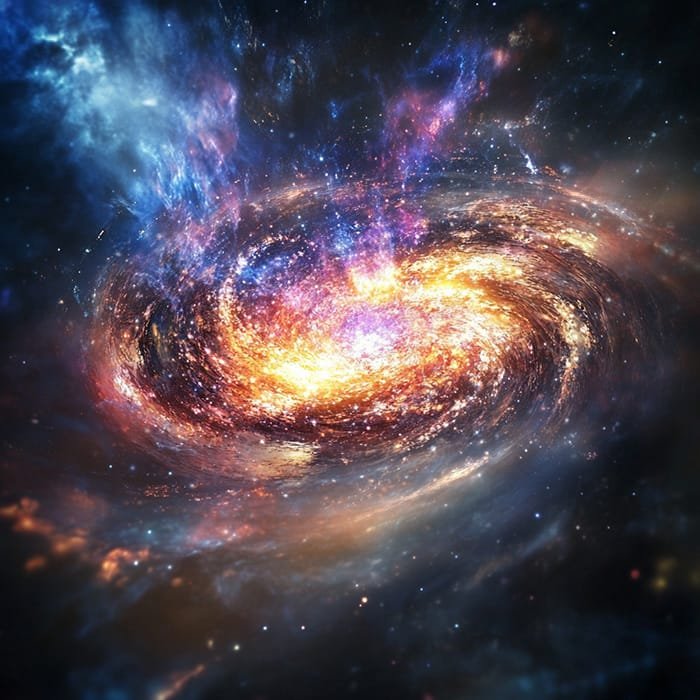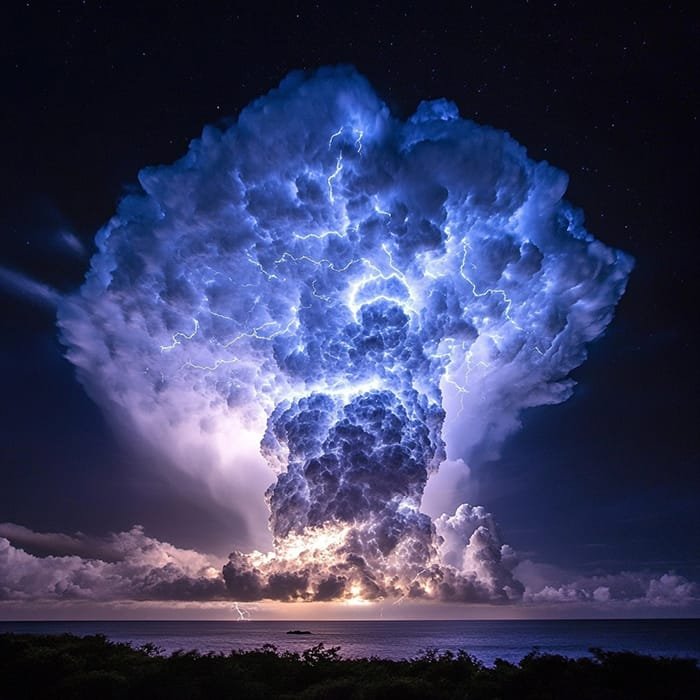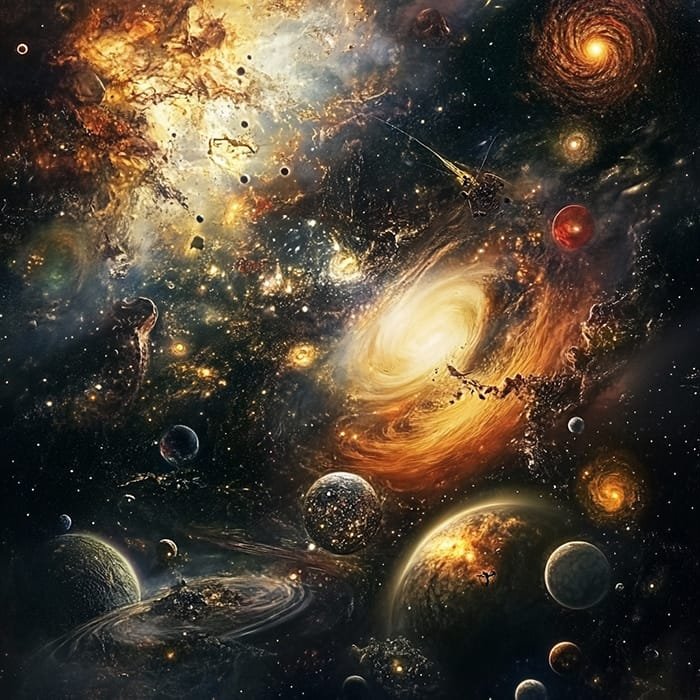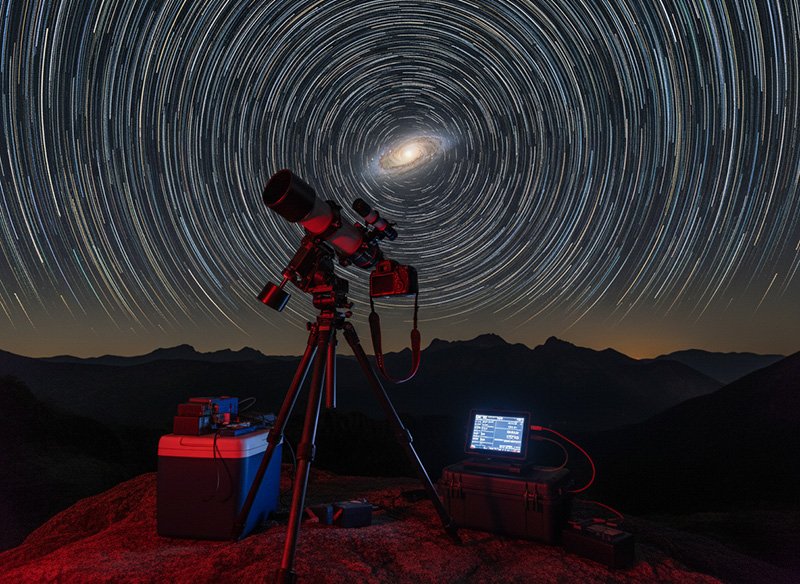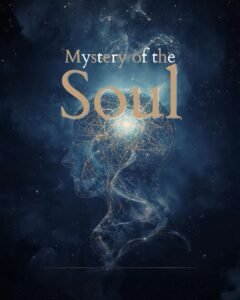Big Bang Theory explains the universe’s creation, expansion, and evolution through scientific principles like relativity and quantum mechanics.
Key Takeaways 📝
- The Big Bang Theory combines principles of general relativity and quantum mechanics to explain the universe’s creation from a hot, dense state, challenging our understanding of time and space.
- The cosmic microwave background radiation discovered in 1964 serves as a critical piece of evidence, revealing insights into the universe’s conditions just 380,000 years after the Big Bang.
- While the Big Bang Theory is widely accepted, alternative theories like cyclic models and the multiverse hypothesis provoke thought on the nature of the universe and its origins.
- Current research into dark matter and dark energy could redefine our understanding of the universe’s structure and future, highlighting the ongoing mysteries in cosmology.
- The Big Bang Theory not only explains our past but also offers predictions about the universe’s fate, from a “Big Freeze” to a potential “Big Rip,” illustrating the dynamic nature of cosmic exploration.
Exploring the Big Bang: Unraveling the Universe’s Greatest Origin Story
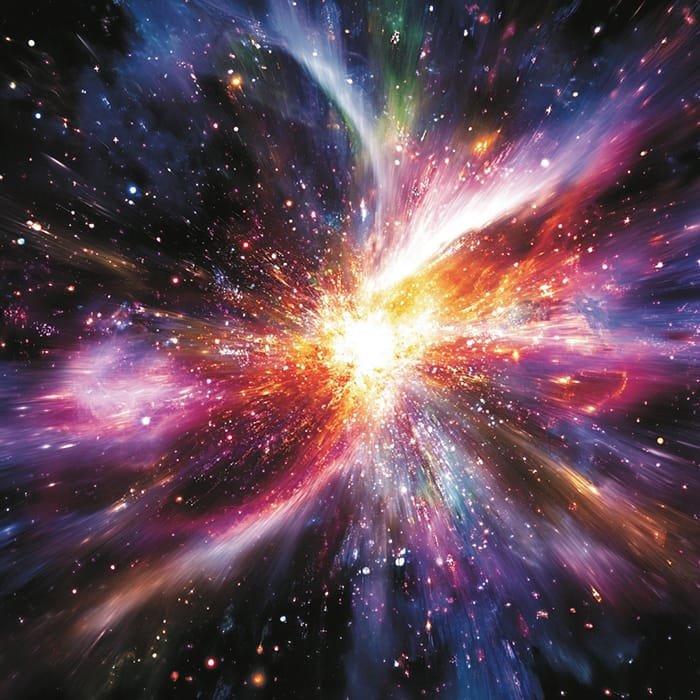
The Big Bang Theory stands as one of the most significant scientific explanations for the universe’s creation and expansion. This theory paints a picture of the universe emerging from an intensely hot and dense state, continuously expanding over billions of years. In this blog post, we delve into the intricacies of the Big Bang, exploring the scientific theories, current understandings, and cosmological models that have shaped our knowledge of this monumental event.
Scientific Theories Explaining the Big Bang
The Big Bang Theory is not just a singular notion but a synthesis of various scientific principles and observations. Understanding these foundational theories helps illuminate how scientists have pieced together the story of the universe’s origins.
General Relativity and the Big Bang
Albert Einstein’s General Theory of Relativity laid crucial groundwork for the Big Bang Theory. By describing gravity as the warping of spacetime by mass, Einstein’s equations suggested that the universe could not be static; it must either be expanding or contracting. This revelation paved the way for the idea that the universe could have originated from a singular point.
Quantum Mechanics and the Early Universe
Quantum mechanics, the study of the smallest particles in the universe, also plays a vital role in Big Bang cosmology. The interplay between quantum mechanics and gravity at the Planck scale (the universe’s earliest moments) hints at the conditions that preceded the Big Bang. The quest to unify quantum mechanics with gravity remains one of physics’ greatest challenges, with implications for understanding the universe’s birth.
Cosmic Inflation
Cosmic inflation is a theory proposed by physicist Alan Guth in the early 1980s to address several issues with the classical Big Bang model, such as the horizon and flatness problems. According to this theory, the universe underwent an exponential expansion in its first few moments, smoothing out any irregularities and explaining the large-scale uniformity observed today.
Current Understanding of the Big Bang
Our current understanding of the Big Bang is built upon decades of observational evidence and theoretical advancements. This section discusses the key pillars supporting the Big Bang Theory.
The Cosmic Microwave Background
The discovery of the cosmic microwave background (CMB) radiation in 1964 provided a critical piece of evidence for the Big Bang Theory. This faint glow, permeating the universe, is the afterglow of the Big Bang, a snapshot of the universe when it was just 380,000 years old. The CMB’s uniformity and temperature fluctuations provide insights into the early universe’s conditions and support the inflationary model.
Hubble’s Law and the Expanding Universe
In the 1920s, Edwin Hubble’s observations of distant galaxies revealed that they are moving away from us, with their speed proportional to their distance—a phenomenon known as Hubble’s Law. This discovery was pivotal in confirming that the universe is expanding, a cornerstone of the Big Bang Theory. The redshift of light from receding galaxies serves as a cosmic indicator of this expansion.
Big Bang Nucleosynthesis
Big Bang Nucleosynthesis refers to the formation of light elements—hydrogen, helium, and traces of lithium—in the first few minutes after the Big Bang. The predicted abundances of these elements align closely with observations, providing strong support for the Big Bang model. This process highlights the universe’s rapid evolution from a high-energy state to a cooler, matter-filled cosmos.
Cosmological Models of the Big Bang
The Big Bang Theory is encapsulated within various cosmological models that seek to explain the universe’s structure and behavior. These models continue to evolve as new data and insights emerge.
The Lambda Cold Dark Matter Model (ΛCDM)
The ΛCDM model is the prevailing cosmological model of the Big Bang. It incorporates dark energy (represented by the cosmological constant Λ) and cold dark matter to explain the universe’s large-scale structure and accelerated expansion. This model successfully accounts for observations of the CMB, galaxy formation, and the distribution of cosmic structures.
Alternative Theories and Models
While the Big Bang Theory is widely accepted, alternative models have been proposed to address its limitations or explore new possibilities. These include:
- Steady State Theory: Once a serious contender, this theory posited a continuous creation of matter to explain the universe’s expansion, maintaining a constant density. It has since fallen out of favor due to overwhelming evidence for the Big Bang.
- Cyclic Models: Some theories propose that the universe undergoes endless cycles of expansion and contraction, suggesting that the Big Bang was not a singular event but part of a larger cosmic rhythm.
- Multiverse Hypothesis: This speculative idea suggests the existence of multiple universes, each with its own physical laws and constants. While intriguing, it remains beyond the realm of empirical testing.
The Future of the Universe and the Big Bang
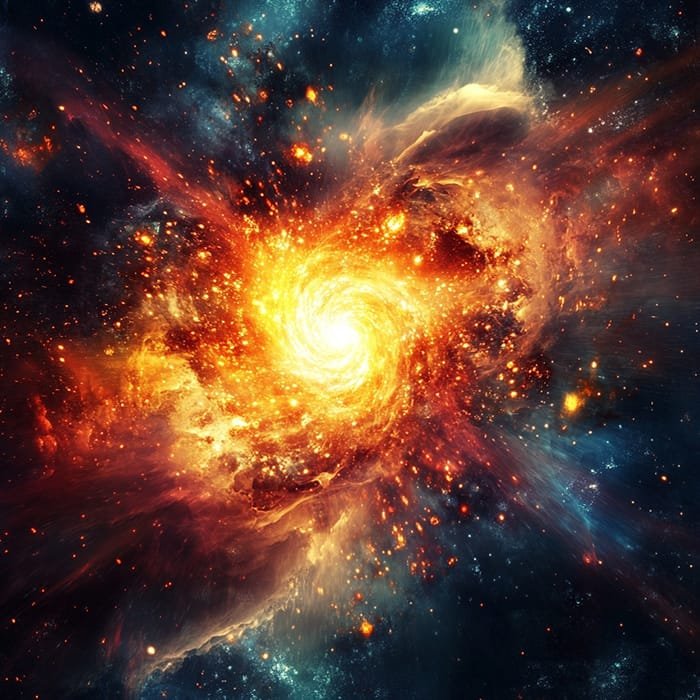
The Big Bang Theory not only informs us about the past but also offers clues about the universe’s future. By examining the universe’s current trajectory, scientists have proposed several scenarios for its ultimate fate.
The Big Freeze
Current observations indicate that the universe’s expansion is accelerating, driven by dark energy. If this continues, galaxies will drift further apart, stars will burn out, and the universe will cool down, leading to a “Big Freeze” where all activity ceases in a dark, empty cosmos.
The Big Rip
In a more extreme scenario, the universe’s expansion could accelerate to the point where galaxies, stars, and even atoms are torn apart—a cataclysmic event known as the “Big Rip.” This outcome depends on the properties of dark energy, which remain one of the greatest mysteries in cosmology.
The Big Crunch and Big Bounce
Alternatively, if the universe’s expansion slows and reverses, it could collapse back into a hot, dense state, potentially leading to a “Big Crunch.” Some theories suggest this could trigger a new Big Bang, in a “Big Bounce” scenario, where the universe is cyclically reborn.
Challenges and Unanswered Questions in Big Bang Cosmology
Despite its success, the Big Bang Theory is not without challenges. Several unresolved questions continue to drive research and inspire new theories in cosmology.
The Nature of Dark Matter and Dark Energy
Dark matter and dark energy are crucial components of the universe’s structure and expansion, yet their true nature remains elusive. Understanding these mysterious substances is essential for a complete picture of the universe’s past and future.
Quantum Gravity and the Planck Epoch
The earliest moments of the universe, known as the Planck epoch, are beyond the reach of current physics, where quantum mechanics and general relativity must be unified. A theory of quantum gravity could unlock new insights into the Big Bang’s origins.
The Initial Singularity
The concept of a singularity—a point of infinite density and temperature—at the Big Bang’s inception poses profound theoretical challenges. Some physicists argue that a complete theory of quantum gravity might eliminate the need for a singularity altogether.
Conclusion: The Ever-Evolving Story of the Big Bang
The Big Bang Theory remains the most compelling explanation for the universe’s origins, a testament to humanity’s quest to understand the cosmos. Despite its challenges, the theory is supported by a wealth of observational evidence and continues to inspire scientific inquiry. As our understanding of the universe deepens, the Big Bang Theory will undoubtedly evolve, offering new insights into the nature of reality and our place within it.
In the grand tapestry of the universe, the Big Bang marks the beginning of time and space, a moment of creation that set the stage for all that we know. As we continue to explore its mysteries, we journey ever closer to answering the age-old question: How did it all begin?

